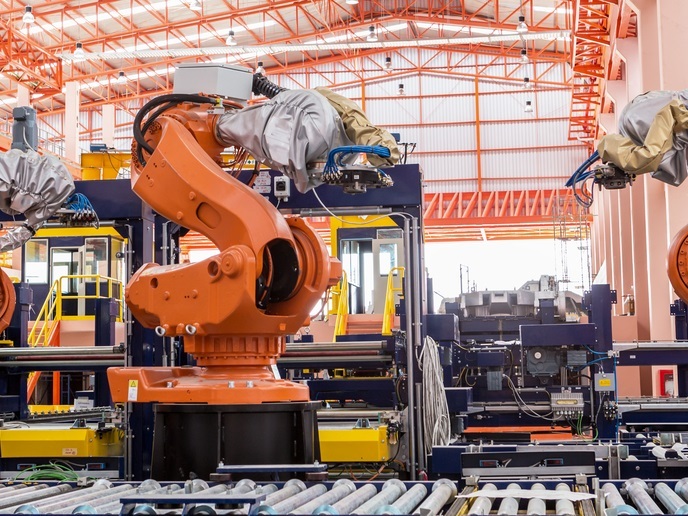Model based technologies modernise European manufacturing
In recent years, European manufacturing has been facing competition from other regions. This is especially true for the manufacture of electronic components and systems, which are becoming even more complex. To regain competitiveness, European manufacturing needs to modernise, which means introducing updated engineering practices into its processes. This will translate into improved management of productivity, quality and safety.
New model based technologies for upscaling
Industrial manufacturing usually means complex systems and processes, involving multiple teams and serving several product lines at once. Tracing and monitoring, for the purpose of quality control, must be carried out while the processes are running. This is known as runtime. The so called model based technologies(opens in new window) seamlessly integrate design and runtime aspects. Such technologies have already achieved productivity gains in certain applications. Yet, these methods need enhancement before upscaling to real industrial projects could be possible. The EU-funded MegaM@Rt2(opens in new window) project introduces model based technologies into this manufacturing context. The purpose of MegaM@Rt2 is to help European industry reduce development and maintenance costs. In contrast to the conventional approach of building a system and then testing whether it works, the new methods allow designers to preview and tweak systems during the design phase. MegaM@Rt2 developed a set of tools that aid continuous development and runtime of manufacturing processes.
Scalable toolset for model-driven verification
Researchers developed a total of 28 model driven software tools, intended for real life industrial projects. Most are distributed as open source. “The tools are divided into three groups,” explains Alba Torrado Gracia, project assistant. “These are holistic system engineering, runtime validation, and traceability and megamodelling.” System engineering tools integrate and verify existing industrial practices. Runtime analysis means monitoring, testing and validation of processes while under way. The final set of tools relate design models with runtime models, and allow mapping between the two sets. Together, the software tools allow feedback from runtime processes to affect the design stage. Information collected during the design phase improves the traceability and quality of the final product. Although model based technologies have been popular at the design phase, their use in runtime analysis has so far been limited. Therefore, one of the project’s challenges was to make all the tools speak the same language of models. A second challenge was to make all tools interoperable, to provide a seamless experience for engineers. To this extent, many of the tools support the common trace format (CTF) for interoperability purposes, and clear guidelines are provided on how different tools can be combined into tool chains supporting real-life scenarios. With the improvements to the manufacturing of electronic systems, not only do the manufacturers become more competitive, but manufactured goods generally become more reliable. “This has an indirect impact on society, through accelerating the development and use of cyber physical systems scenarios, in transport and healthcare, where the impact is visible,” adds Torrado Gracia. Such development also occurs in other fields, notably energy and telecommunications, where success is invisible to the consumer, but failures are particularly acute. This means that consumers benefit from fewer outages, as well as more reliable and cheaper energy provision. Most of the existing consortium members united to submit a new funding proposal. If accepted, this will form a new EU funded project called AIDOaRT.







